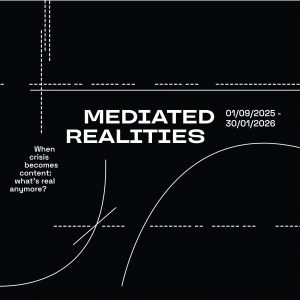
New exhibition coming soon: Mediated Realities
A new exhibition coming to the New Adelphi Exhibition Gallery at the University of Salford in September 2025.

A new exhibition coming to the New Adelphi Exhibition Gallery at the University of Salford in September 2025.

COMING SOON - An new exhibition exploring the way artists have dealt with times of crisis and conveying information in the modern era - curated by our Team Assistant; Sam Parker.
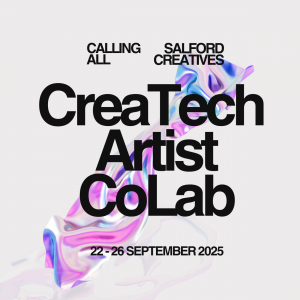
A new artist development and commission opportunity for early career or emerging creative connected to Salford - wishing to explore creative technologies. Deadline to apply: 11 August 2025
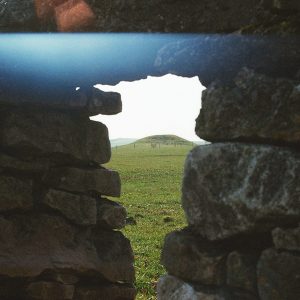
Sharing new images by BA Photography students made in response to the themes of our gallery show: Between the Earth and the Sky.

A new paid role working with Salford Youth Service, bringing together art, photography, nature, and wellbeing! Deadline: 7th July
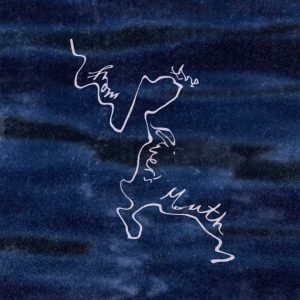
In May 2025 our Artist in Residence at the University of Salford Acoustic Labs, Hayley Suviste, presented a 3-part installation as part of Sounds From The Other City. Artist Lizzie King shares her experience of 'From The River's Mouth' here.
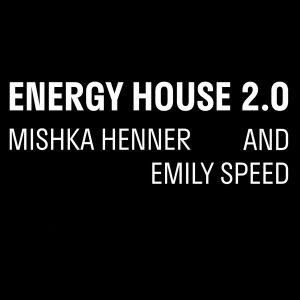
In Spring 2025 we launched an ambitious exhibition of new work by artists Mishka Henner and Emily Speed, in partnership with the Castlefield Gallery, Open Eye Gallery and Energy House Labs. The exhibition is the culmination of 18-month Artist Residencies with Energy House 2.0 at the University of Salford. Find out more here.
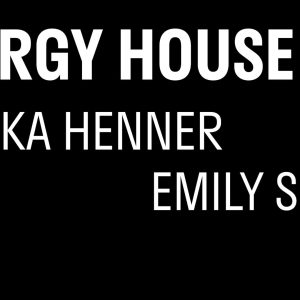
In Spring 2025 we launched an ambitious exhibition of new work by artists Mishka Henner and Emily Speed, in partnership with the Castlefield Gallery, Open Eye Gallery and Energy House Labs. The exhibition is the culmination of 18-month Artist Residencies with Energy House 2.0 at the University of Salford. Find out more here.

Artist in Residence Yan Wang Preston launches OFFSHOOT at RHS Garden Bridgewater. Join us at RHS Garden Bridgewater to meet photographer Yan, hear about her residency to date - and find out how you can become a ‘Memory Keeper’ for our magnificent 300 year old tree!

The University of Salford Art Collection has been awarded Arts Council England funding to support a series of artist residencies with RHS Garden Bridgewater, Salford - bringing together art, photography, nature, wellbeing and community.